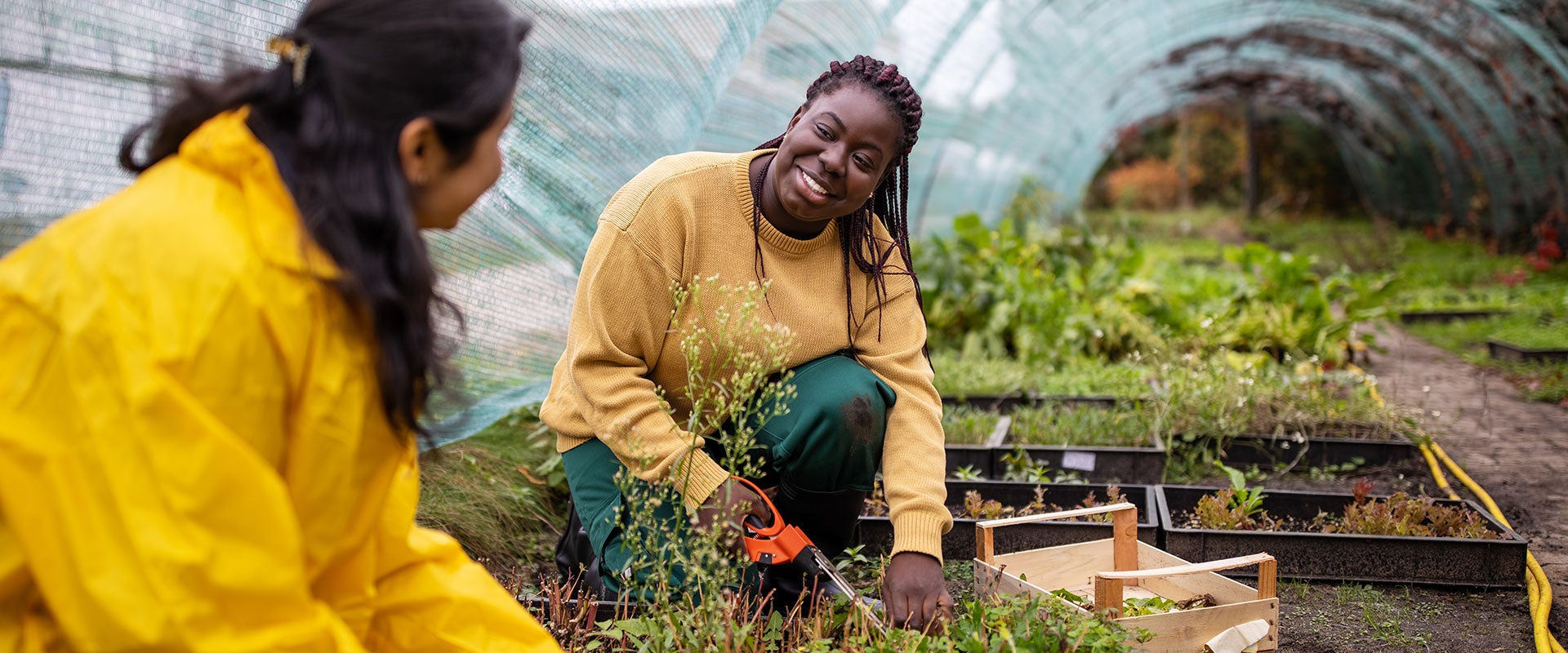Global trade and regulatory environment (from free trade to high barriers/volatility)
In a free trade scenario, trade remains stable and relatively status quo for most countries around the globe, while trade volumes and prices stay on trend. There are no significant changes to the geopolitical and regulatory environment, and GMO restrictions, carbon taxes, export caps and tariffs are low. Given the current war in Europe, this scenario seems less likely longer term, even if a quick resolution of the conflict were to take place.
In an environment of high trade barriers, protectionism rises, stifling regulations are implemented and volatility grows. Trade and prices fluctuate as a result of geopolitical, logistical and regulatory challenges. Restrictions on GMO, carbon taxes, export caps and tariffs can be expected. In this scenario, the global food market is less integrated and less able to weather shocks.
Input costs (from decline to significant escalation)
Food input costs such as land, fertilizer, feedstock, shipping, labor and water have a significant impact on food price and availability. When food prices are low, consumers in richer countries tend to adopt healthier diets with more fruits and vegetables, and food availability improves in poorer regions.
In a scenario of high global input costs (e.g., fertilizer), the cost of food grows, and consumers are forced to shift their diets to cheaper, and typically unhealthier, foods such as those with more cereals and sugars.
Food security is a global issue, whereby a war or climate event or any other number of developments — be they expected or not — will impact what is available on grocery shelves halfway around the world. It is critical, therefore, that food-focused companies, investors and policymakers understand the key dimensions of food security, both how they’ve impacted food security so far as well as the full range of ways those dimensions might play out in the future.
The ability to assess — and monitor — how these uncertainties are unfolding is key to mitigating the risks being brought onto the global food markets, whether you’re in government, the enterprise or the investment community. To that end, L.E.K. has also created a Food Supply Risk Index based on three key dimensions of food security to monitor, which can be used to aid your decision-making.
The Food Supply Risk Index
L.E.K.’s Food Supply Risk Index, or FSRI, is composed of three components: source, transit and product.
-
Source risk — The supply chain risk from a source country that is driven by any political, economic or environmental uncertainty, including the level of source concentration of its imports, the level of global concentration of its exports, and its level of dependence on imports, or net imports divided by consumption
-
Transit risk — The risk of supply disruption to goods in transit, which is exacerbated by passage through maritime chokepoints
-
Product risk — The risk associated with a specific product, such as limited shelf life, and its relative importance in downstream applications, such as processing, animal feed, etc.
When it comes to source risk, the value of the FSRI for a particular food item grows the more that a given country has to import that item as opposed to producing it. It also grows if the imported items come from just a few sources — especially if there are many other available sources for that item.




